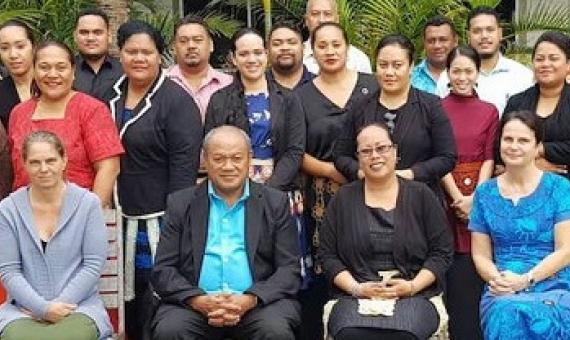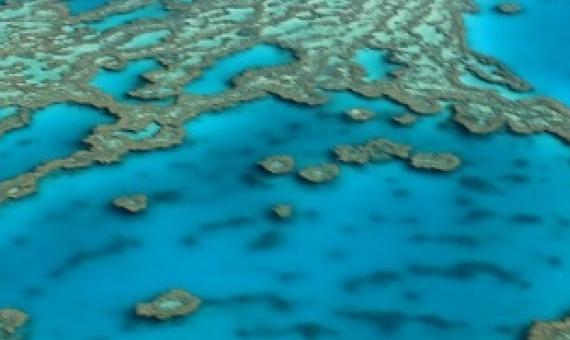There is no doubt that the Pacific’s ocean needs to be better managed so that respective countries in the region can gain the maximum benefits. This is something the Government of Tonga believes should be done urgently...Tonga plans to implement the Ocean Plan by the end of this year.
Marine zoning revisited: How decades of zoning the Great Barrier Reef has evolved as an effective spatial planning approach for marine ecosystem‐based management
For more than 40 years, marine zoning has played a key role while evolving as part of the adaptive management of the Great Barrier Reef (GBR) Marine Park.
A recent publication “Marine zoning revisiting: How decades of zoning the Great Barrier Reef has evolved an effective spatial planning approach for marine ecosystem-based management” published in Aquatic Conservation: Marine and Freshwater Ecosystems distills important lessons from Australia’s ev
The main objective of the training was to build the capacities of GOS and Government Corporations to increase their access to, and their skills in spatial data management, storage and use of GIS in natural resource planning.The training was organised by the Section of National Mapping under the T
National-scale marine bioregions for the Southwest Pacific
Existing marine bioregions covering the Pacific Ocean are conceptualised at spatial scales that are too broad for national marine spatial planning. Here, we developed the first combined oceanic and coastal marine bioregionalisation at national scales, delineating 262 deep-water and 103 reef-associated bioregions across the southwest Pacific. The deep-water bioregions were informed by thirty biophysical environmental variables. For reef-associated environments, records for 806 taxa at 7369 sites were used to predict the probability of observing taxa based on environmental variables.
Hope and doubt for the world’s marine ecosystems
In June 5–9, 2017, during the United Nations (UN) Ocean Conference, 143 governments, signatory parties of the Convention on Biological Diversity (CBD) declared their commitment and strategies to reach several objectives of the Sustainable Development Goal (SDG) 14, which stands to “conserve and sustainably use the oceans, seas and marine resources for sustainable development”.
Adaptive marine conservation planning in the face of climate change: What can we learn from physiological, ecological and genetic studies?
Rapid anthropogenic climate change is a major threat to ocean biodiversity, increasing the challenge for marine conservation. Strategic conservation planning, and more recently marine spatial planning (MSP) are among the most promising management tools to operationalize and enforce marine conservation. As yet, climate change is seldom incorporated into these plans, potentially curtailing the effectiveness of designated conservation areas under novel environmental conditions.
Marine spatial planing and the Great Barrier Reef Marine Park Act 1975: An evaluation
The Great Barrier Reef is internationally recognised for its natural and heritage value. Australian Government established the Great Barrier Reef Marine Park under the Great Barrier Reef Marine Park Act, 1975. The Act provides a legal regime for the protection of the natural and heritage values of the Reef. The Act incorporated spatial zoning and Marine Spatial Planning (MSP) to achieve the objective of ecologically sustainable use and management. The Act applies many principles including Ecosystem-Based Management (EBM) to achieve the objective.
Preliminary Observations of the Abyssal Megafauna of Kiribati
We report on preliminary observations of the abyssal megafauna communities in the exclusive economic zone of Kiribati, a huge abyssal area with few previous studies. These observations also provide useful context for marine minerals exploration within the exclusive economic zone (EEZ) and for the neighboring Clarion Clipperton Zone (CCZ), where deep-sea mining operations are planned... The results of this study are preliminary observations that will be useful to guide future biological survey design and marine spatial planning strategies.
Towards a framework for higher education for marine spatial planning
The implementation of marine spatial planning (MSP) is bringing together a new body of practitioners who are largely drawn from related professions but have relatively little specific education, training or qualifications in MSP. This is partly due to the newness of the field and the limited opportunities available for personal development. Educational capacity is developing, though MSP content is mostly being added on to existing marinerelated programmes.









